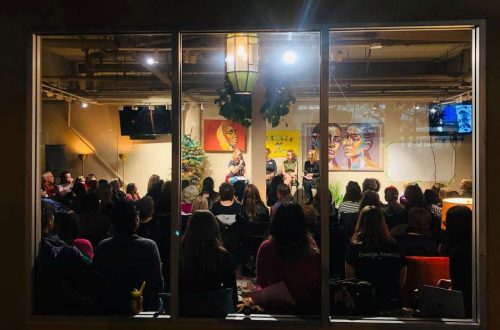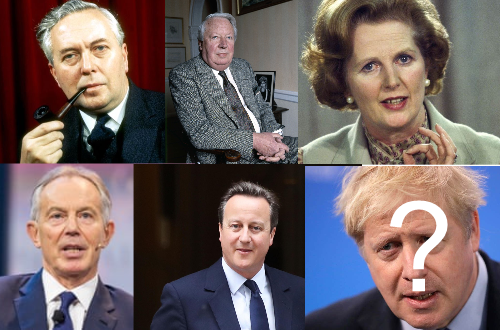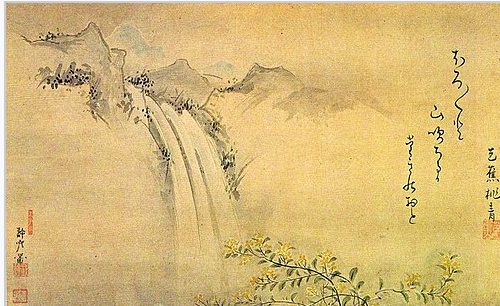This is a cross post by Mark Gardner from The CST Blog
Over the next two weeks, CST blog will include selected sections and summaries from our recently released report, Antisemitic Discourse in Britain in 2009. We hope that this will aid both reading and understanding of the report.
(The full pdf can be accessed here. 58 pages, including graphics.)
To begin, here is the Executive Summary.
Explicit antisemitism about Jews is rare in mainstream British discourse. It is, however, disturbingly common for older antisemitic conspiracy themes to be evoked by modern depictions of “Zionism” and “Zionist”.
Antisemitism is a matter of concern for British Jews, and many other observers, but it does not prevent Jews from leading a full life as British citizens.
Rhetoric against “Zionism”, “Zionists” or “pro-Israelis” is fostering hostility against British Jews and their representative bodies.
In 2009, the Gaza conflict caused Israel to be compared to Nazi Germany and its supporters to be compared to Nazis. Previously a fringe phenomenon, the Nazi comparison is now widespread and also appears in mainstream media. This causes significant upset to Jews and is an antisemitic abuse of the memory of the Holocaust.
The play “Seven Jewish Children” typified the emerging trend to depict Israel and Zionism as a mass Jewish psychological reaction to the trauma of the Holocaust.
The ugliest medieval accusation, the Blood Libel, claiming that Jews steal children in order to use their blood, was strikingly revived in 2009. This feature of medieval village antisemitism now returned as a shocking example of antisemitic rumours in today’s global village.
The controversy regarding Polish MEP, Michal Kaminski, saw Jewish communities in Britain and Eastern Europe embroiled in a highly sensitive party political dispute concerning allegations of antisemitism.
Two senior journalists at The Independent newspaper wrote separately about the supposed power of America’s “Jewish” lobby. It is quite common for The Independent and Guardian newspapers, in particular, to depict a dominant US “Zionist” lobby in America: which risks reflecting and encouraging antisemitic Jewish conspiracy allegations.
The term “criticism of Israel” continued to be used as a catch-all defence against the raising of Jewish concerns about antisemitic manifestations, public speakers, groups, websites, agitprop and other phenomena.
There were numerous public declarations against antisemitism during 2009, including from Government and its departments, diplomats, politicians, Muslim community figures and newspaper editorials. These largely reflected the worsening situation but were warmly welcomed by the Jewish Community.
We would also encourage you, at this stage, to read those pages that follow immediately after the Executive Summary. These are the introduction to the report (p6); the relationship between antisemitic discourse and antisemitism (p7); and antisemitism in the wider context of UK Jewish life (p8 & 9). They can be accessed from here.


